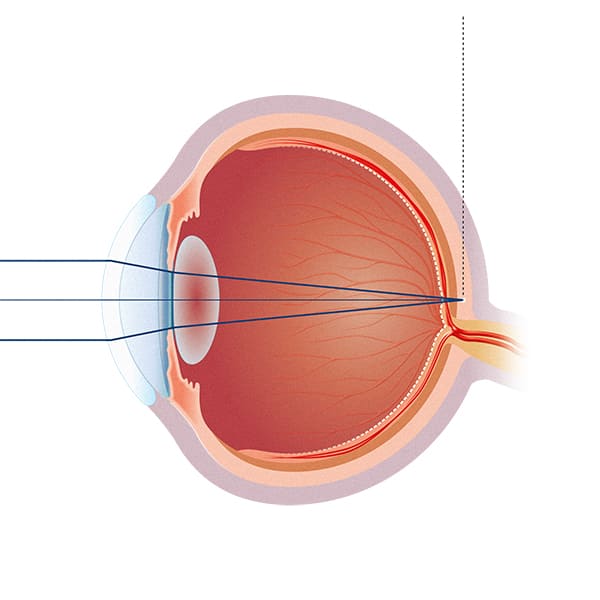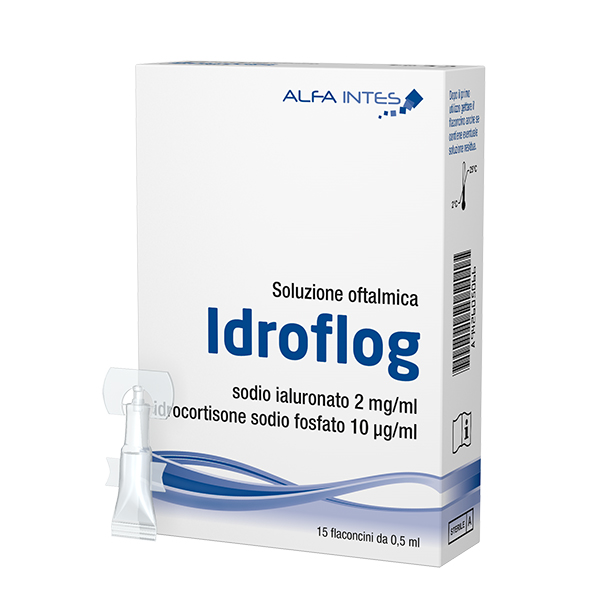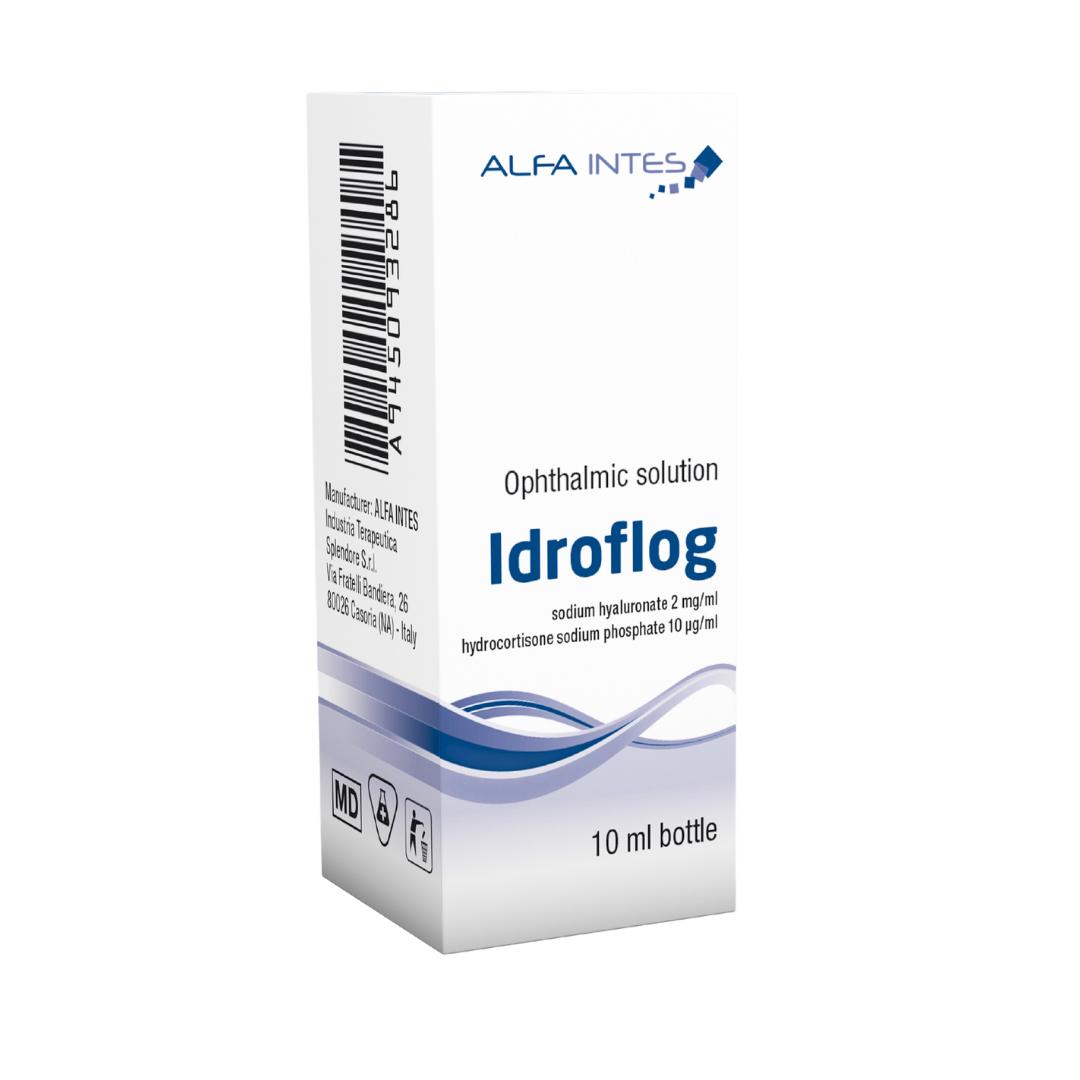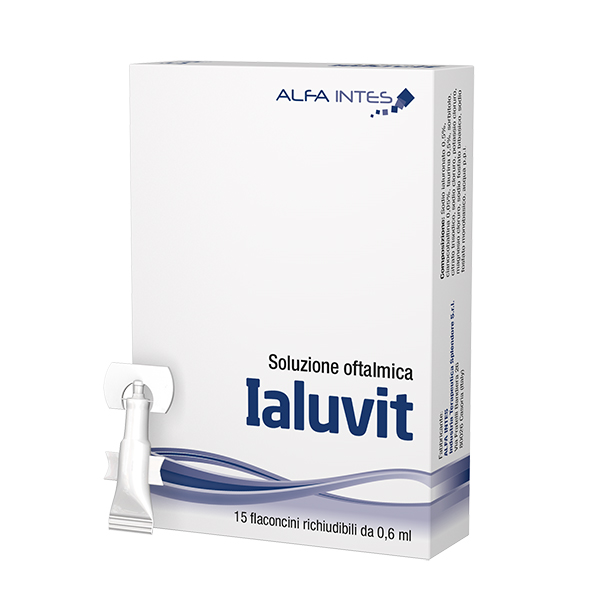Diagnosis
Hypermetropia is diagnosed during a normal eye examination.
During the check-up, the specialist will subject the patient to a series of tests, some of which will require instillation of cycloplegic eye drops, which, by blocking the accommodation of the crystalline lens, make the defect more detectable.
Following the examination, the specialist will be able to assess the extent of the hypermetropia and suggest the most appropriate treatment.
Treatment
Hypermetropia is usually corrected through the use of lenses (glasses with graduated lenses or contact lenses). Although contact lenses can provide better visual quality than glasses, they are not tolerated by everyone and need more attention and care.
A permanent solution, as an alternative to glasses and contact lenses, is refractive surgery.
In any case, it is always a good idea to discuss the best solution for your situation with your specialist.




